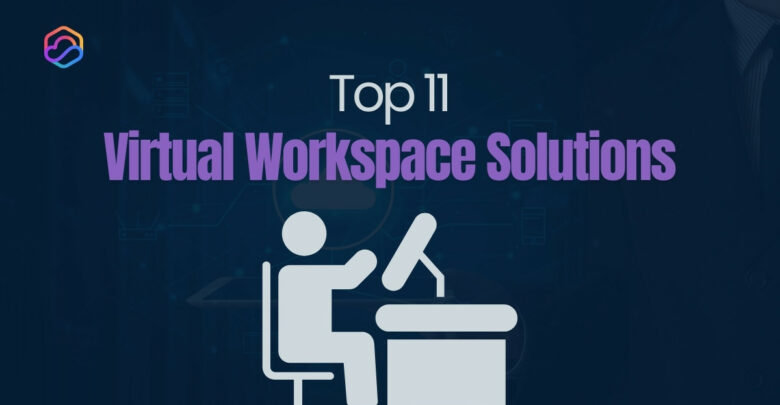
The modern workplace is no longer confined to physical offices. In 2025, businesses are embracing virtual workspaces to support hybrid
Explore Windows 10/11 virtual desktops
Real-World Applications of flexidesktop
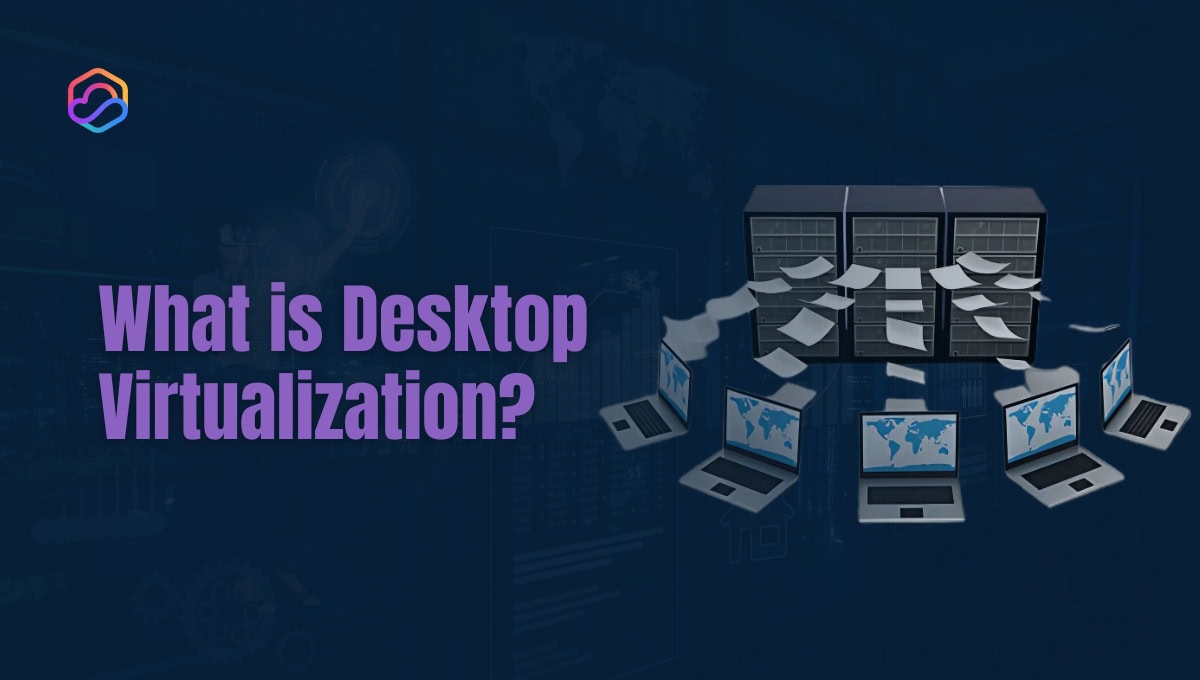
Desktop virtualization is a technology that allows businesses to run desktop environments on centralized servers or in the cloud, rather than relying on individual physical devices. It separates the desktop and its applications from the local hardware, enabling users to access their desktop from any device, anywhere.
For small businesses, desktop virtualization provides a cost-effective and scalable solution. It reduces the need for expensive hardware and simplifies IT management. By centralizing resources, businesses can scale quickly, optimize costs, and improve productivity—all key reasons why adopting desktop virtualization makes sense for businesses looking to stay competitive in an agile market.
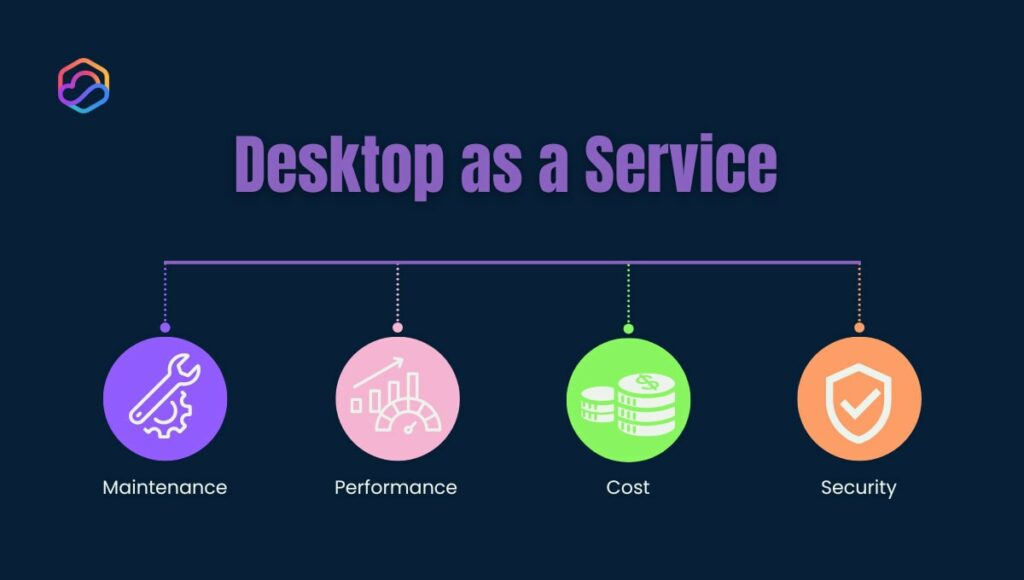
Virtualization provides numerous advantages for small businesses, from enhanced mobility to cost savings. Let’s take a closer look at some of the primary benefits:
Virtual desktops empower employees to access their work environments securely from anywhere. This makes them an excellent solution for small teams, freelancers, and businesses with hybrid or fully remote work models. With the ability to switch seamlessly between devices, users can maintain consistent productivity, ensuring their workflow remains smooth and uninterrupted, no matter where they are.
With virtualized desktops running on centralized servers or cloud platforms, businesses can avoid the expense of high-end physical machines. Instead, older computers, thin clients, or even tablets can be used as endpoints, drastically lowering hardware costs. Additionally, maintenance and hardware upgrades become more straightforward, as the infrastructure is hosted and managed remotely, reducing the burden on in-house IT teams.
Virtualized desktop environments centralize data storage and management, significantly reducing the risk of data breaches or device theft. Sensitive information is securely stored in data centers or cloud environments rather than on individual devices. This centralized setup allows businesses to enforce consistent security policies and access controls across all virtual desktops, ensuring robust protection and compliance with industry regulations.
Virtual desktops offer businesses the flexibility to scale their IT infrastructure effortlessly. New desktops can be provisioned quickly without investing in additional physical hardware. Resources such as CPU, memory, and storage are dynamically allocated from centralized servers based on real-time demands, optimizing resource utilization and supporting business growth efficiently.
While desktop virtualization offers numerous benefits, there are also challenges that businesses should consider before adopting the technology.
Virtualized desktop environments rely heavily on robust network infrastructure. Businesses with limited bandwidth or unstable internet connections may face latency issues and slower performance. A high-speed and reliable internet connection is critical for cloud-hosted desktops to deliver a seamless and responsive user experience.
While desktop virtualization offers long-term cost savings, the initial investment in setting up virtual desktop infrastructure (VDI) or transitioning to cloud-based services can be substantial. Small businesses should assess their budget carefully and consider phased deployment strategies to manage costs effectively and reduce the financial burden upfront.
Adopting desktop virtualization may present a learning curve, especially for businesses new to the technology. IT staff must become proficient in managing virtual desktops, and employees may need training to navigate the new system effectively. However, after this initial adjustment period, businesses can fully leverage the benefits of virtualization, including improved efficiency and streamlined operations.
Despite these challenges, businesses can successfully implement desktop virtualization with the right strategy. Here’s how to get started.
Getting started with desktop virtualization can seem daunting, but with the right approach, businesses can transition smoothly and efficiently. Here’s a step-by-step guide to help you implement a virtual desktop solution:
1. Assess Your Business Needs
2. Choose the Right Virtualization Model
3. Select a Trusted Provider or Platform
4. Plan Network and Endpoint Readiness
5. Set Up Virtual Desktops
6. Conduct a Pilot Test
7. Train Your Users and IT Staff
8. Roll Out Organization-Wide
While there are challenges, there are also strategies to mitigate them and ensure a smooth transition to desktop virtualization.
Businesses should prioritize upgrading their network infrastructure to reduce latency and deliver a seamless user experience. This includes investing in high-speed internet connections, enhancing routers, increasing bandwidth, and ensuring endpoint devices are equipped to manage virtual desktop traffic efficiently. These improvements help maintain consistent performance and reliability across the system.
To ease the burden of upfront costs, businesses can adopt a phased deployment approach. Cloud-based options, such as Desktop as a Service (DaaS), provide flexible subscription models that distribute expenses over time. This approach makes the transition to virtualization more affordable and manageable, aligning with budget constraints while still delivering scalability and efficiency.
Choose a desktop virtualization provider that delivers comprehensive support and intuitive tools to streamline the transition. Providers like flexidesktop offer user-friendly management interfaces and hands-on assistance during setup, reducing the learning curve for your team. Additionally, ongoing training and reliable IT support ensure a smoother adoption process and help maximize the benefits of desktop virtualization.
There are various types of desktop virtualization models, each offering unique benefits tailored to specific business needs. Below is an overview of the key models:
Hosted Virtual Desktops (HVDs), also known as Desktop as a Service (DaaS), are cloud-based virtual desktop environments where the operating system and applications are hosted on centralized servers or in the cloud. It allows users to access their desktop from virtually any device, provided they have a fast and reliable internet connection.
Advantages of Hosted Virtual Desktops:
Disadvantages of Hosted Virtual Desktops:
Virtual Desktop Infrastructure (VDI) allows businesses to create virtual desktops on their own servers. Unlike HVDs, which are hosted externally, VDI is deployed within an organization’s data center, offering more control over infrastructure and security.
Advantages of VDI:
Disadvantages of VDI:
Remote Desktop Services (RDS), a Microsoft-based solution, enables businesses to deliver session-based desktops or applications to remote users. RDS allows multiple users to access shared resources on a central server, making it ideal for businesses with many users needing access to simple desktop environments.
Advantages of RDS:
Disadvantages of RDS:
Local Desktop Virtualization (LVD) runs virtual desktops directly on the user’s physical machine, using software like VMware or VMware alternatives. It allows users to simulate entire desktop environments without relying on an external server.
Advantages of Local Desktop Virtualization:
Disadvantages of Local Desktop Virtualization:
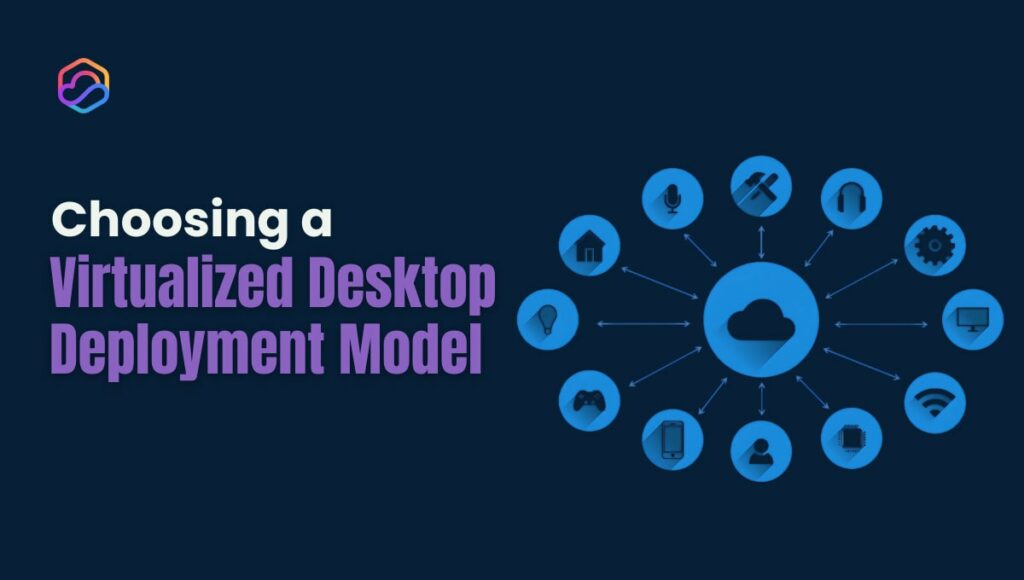
When deciding on a desktop virtualization model, small businesses need to consider their specific needs, budget, and security requirements.
Cloud-Based Deployment with Desktop as a Service (DaaS)
DaaS allows businesses to host virtual desktops in the cloud. This model is highly scalable, offers predictable costs, and requires minimal IT infrastructure. DaaS is an excellent choice for small businesses that want to avoid the complexity of managing on-premises infrastructure.
On-Premises Deployment Models
Some businesses may prefer on-premises deployments due to regulatory requirements or the need for full control over their data. This model provides more customization but requires more significant upfront investment and IT resources.
Hybrid Approaches
A hybrid deployment combines both cloud-based and on-premises solutions. This model provides the flexibility to scale as needed while maintaining control over critical infrastructure or sensitive data.
flexidesktop addresses the unique challenges small businesses face by offering both cost-effective and efficient solutions for IT management.
We offer affordable, flexible subscription models that fit the needs of small businesses. With predictable pricing, businesses can scale as needed without the financial burden of large upfront costs. We also offer various virtual desktop packages tailored for startups, 3D architects, accountants, and developers, with billing options available both monthly and annually.
We simplify IT management with centralized control over virtual desktops. Our user-friendly management interface allows small IT teams to monitor, manage, and optimize virtual desktops efficiently.
With data centers located across the USA, Canada, Europe, and Singapore, flexidesktop ensures fast, secure access to virtual desktops, no matter where your employees are located.
As desktop virtualization continues to evolve, AI integration and protocol optimization are playing a significant role in enhancing the user experience. AI-powered tools can analyze user behavior in real-time, allowing businesses to adapt resource allocation for better performance and productivity. Meanwhile, advancements in protocols ensure faster and more efficient desktop delivery, improving overall system responsiveness.
Additionally, desktop virtualization is contributing to greener IT practices by promoting energy efficiency. With resources centralized in the cloud or data centers, businesses can reduce their reliance on energy-intensive physical infrastructure, ultimately lowering their carbon footprint. This shift not only improves sustainability but also maximizes operational efficiency, helping businesses meet both environmental and performance goals.
Desktop virtualization lets you run your operating system and applications remotely, accessing them from any device. It reduces the need for high-performance local hardware by centralizing resources on a server or in the cloud.
Desktop virtualization is popular among businesses with remote or hybrid workforces, educational institutions, healthcare providers, and industries like call centers, finance, and law. It’s ideal for Bring Your Own Device (BYOD) policies, seasonal staff, and secure data access.
Absolutely. Desktop virtualization is ideal for freelancers and individuals who need high-performance applications without investing in powerful hardware. It provides a cost-effective way to run specialized software, like graphic design or development tools, on any device. Virtual desktops enhance flexibility, enable remote work, and improve collaboration and productivity.
Desktop virtualization enhances disaster recovery through automated backups, redundancy, and virtual machine (VM) replication. In the event of a failure or disaster, virtual desktops can be swiftly restored to another server or cloud environment, minimizing downtime. Features like failover mechanisms and point-in-time recovery ensure data integrity and rapid resumption of business operations.
Yes, desktop virtualization reduces IT downtime through centralized management and cloud-hosted virtual desktops. Failures can be quickly resolved with features like snapshots and automated recovery, enabling swift restoration and ensuring uninterrupted business operations.
Desktop virtualization seamlessly supports BYOD policies by enabling employees to securely access their work environment from any device. Data and applications remain protected on centralized servers, ensuring flexibility for users while maintaining robust security.
Desktop virtualization focuses on delivering a consistent, remote desktop experience for end-users, often through Virtual Desktop Infrastructure (VDI). In contrast, virtual machines (VMs) run different operating systems or applications in isolated environments on a single physical machine, catering to technical tasks like development or server management. While virtual desktops are user-friendly and centralized, VMs are designed for specialized IT needs.

The modern workplace is no longer confined to physical offices. In 2025, businesses are embracing virtual workspaces to support hybrid
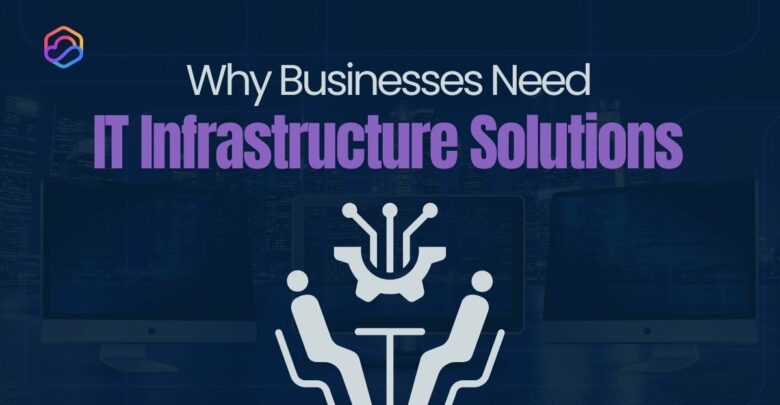
Imagine your business grinding to a halt due to a server failure, cyberattack, or outdated technology. These risks are real

A thin client is a compact, low-power computing device that depends on a centralized server for most of its processing
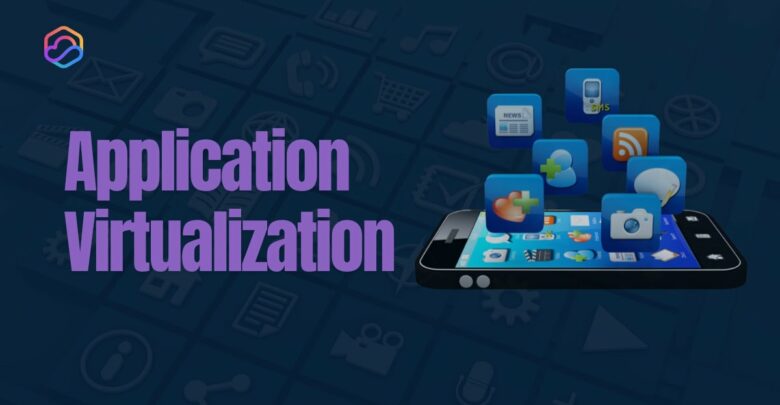
Application virtualization is a technology that decouples software applications from the underlying operating system, enabling them to run in a
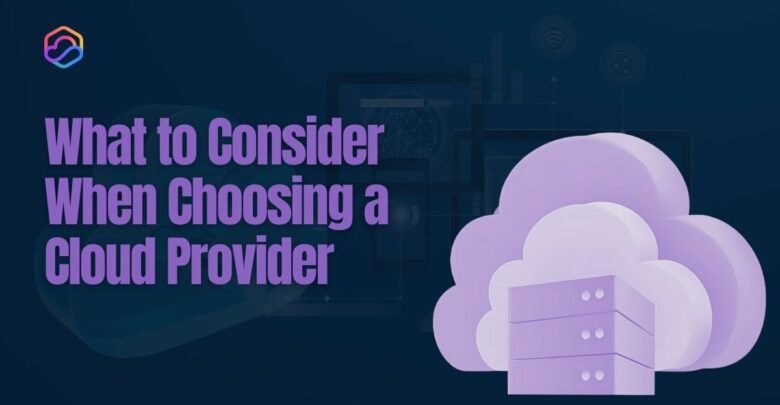
Deciding what to consider when choosing a cloud provider is crucial for businesses looking to optimize operations and drive long-term
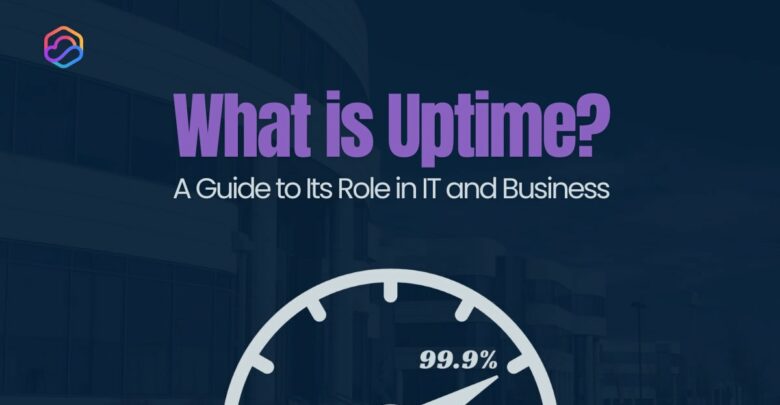
Uptime is a critical metric that measures the reliability and availability of IT systems, networks, and services. It represents the
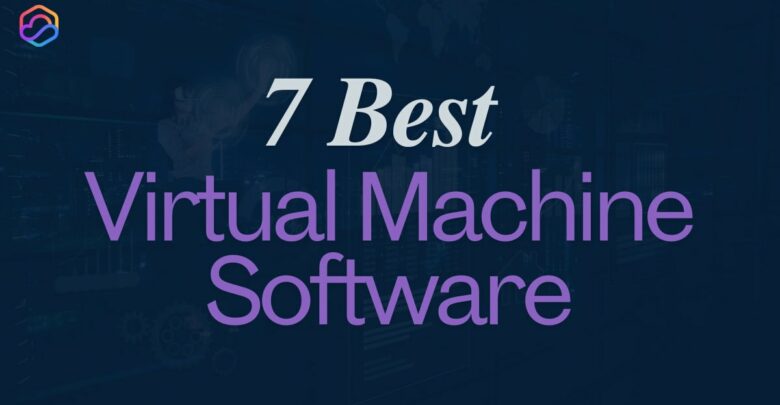
The best virtual machine software makes setting up and running virtual environments on your PC or laptop easy. Virtual machines
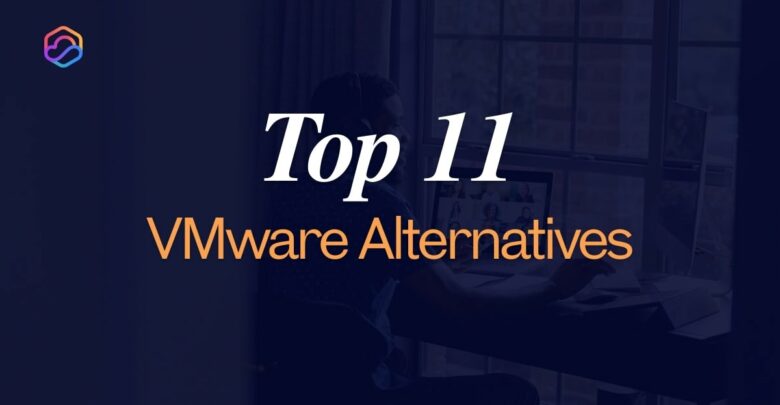
VMware is a giant in the virtualization market, offering businesses a reliable platform to create and manage virtual machines. However,
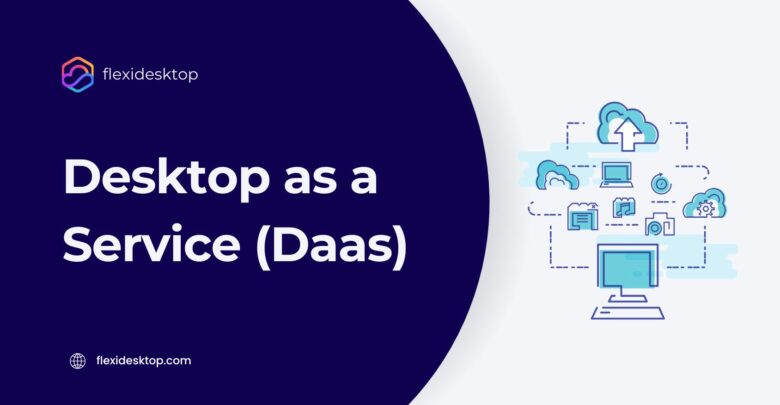
The modern workforce demands flexibility, and Desktop as a Service (DaaS) delivers exactly that. DaaS allows your team to securely

